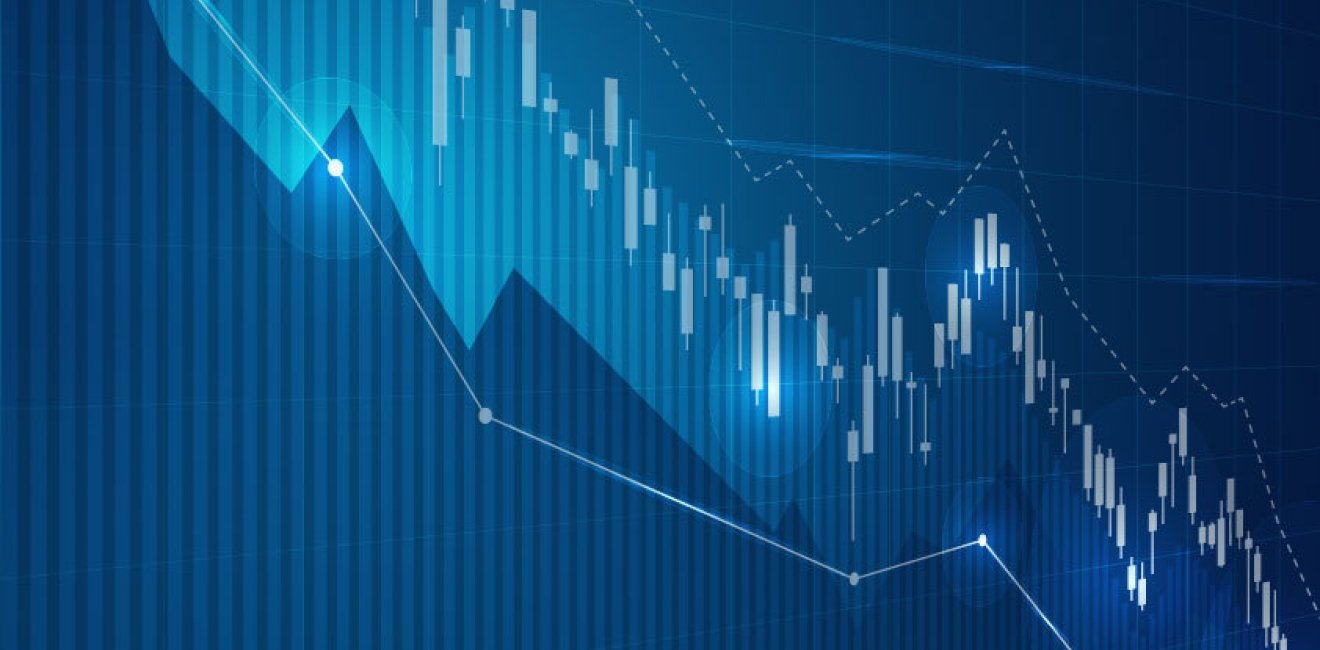
A blog of the Kennan Institute
BY MYKHAILO MINAKOV
Volodymyr Zelensky has reached the midpoint of his presidency: two and a half years ago he took office as head of the Ukrainian state, with an equal amount of time remaining to his mandate. The Kennan Institute is sponsoring an online round table dedicated to the successes and failures of Zelensky’s presidency, to take place on November 15, 2021. In this blog post I want to take a look at what has happened to President Zelensky’s image, and specifically at how from a radical alternative to political cynicism he has turned into a “just like all the others” politician whose popular support is waning.
Those Were the Days
In the spring of 2019 a showman converted himself into a politician, then a statesman. The 73 percent of voters who supported him (or who voted against the incumbent, Petro Poroshenko) in the presidential elections had a clear set of change demands: (1) to find a solution to the Donbas war, (2) to rein in the constantly growing prices for communal services unmatched by an equivalent growth in household income, and (3) to revise divisive cultural policies. Even though Zelensky’s platform as candidate was at best hazy, one thing was crystal clear—here was a man who was different in every way from the hungry hordes of the old elites.
Zelensky’s political image was grounded in the fictional character of Holoborod’ko (a role he played in a political comedy, in which Holodborod’ko won the presidency in Ukraine with a mandate to change the country) and in his image as a star of the television production company Kvartal 95 who pitilessly satirized the political class of Ukraine (and of Russia, Belarus, and Georgia). A person without political experience or ties to established political groups, Volodymyr Zelensky was seen as a radical alternative to everything Ukrainian voters had come to expect from presidential aspirants and their politics. And the harsh, often pitiless light in which Zelensky depicted former presidents Yushchenko, Yanukovych, and Poroshenko seemed to promise that the newly minted politician would not follow in the footsteps of his predecessors.
The “total alternative” image worked perfectly for Zelensky. In the spring of 2019 he won the presidency, and in the summer of that year the voters gave him an unprecedented one-party majority in parliament. But the time was rapidly approaching to turn image into reality: there were no visible obstacles standing in the way of Ukraine’s transformation from an oligarchic polity into an all-citizens’ republic.
What's in a Name?
Volodymyr Zelensky enjoyed unusual popularity for more than two years. But the general optimism about the direction Ukraine was heading—the uplift Zelensky had brought to Ukrainians in 2019—had already evaporated by 2020: from polls showing 52 percent of Ukrainians optimistic and 18 percent pessimistic in September 2019, the mood shifted to 23 percent optimistic and 60 percent pessimistic in March 2020, and since then pessimism has prevailed. In July 2020, the number of those who did not trust Zelensky exceeded the number of those who still believed in him (51 percent versus 43 percent). Despite these sobering poll figures, however, Zelensky has personally remained the politician with more support by far than anyone else: in August 2021 his support from likely voters was well over 30 percent, while his closest contender for a future presidency, Petro Poroshenko, was supported by just 13 percent.
Zelensky's rating was both a blessing and the Achilles' heel of the emerging power vertical in his administration. As a president without his own clan or a stable group of political, administrative, financial, and law enforcement supporters, Zelensky enjoyed a truly democratic legitimacy: it stemmed from citizens’ sympathy with his goals and apparent lack of dissimulation. This response may have been populist, but it did not derive from oligarchic consent, as in the previous presidency.
Grapes of Wrath
The October 2021 polls delivered a shock to the presidential team. According to the Kyiv International Institute of Sociology, Zelensky’s approval rating as president dropped from 33.3 percent in September to 24.7 percent in October, separated from Poroshenko’s approval rating by fewer than ten percentage points. The Razumkov Center’s poll demonstrates that Volodymyr Zelensky overtook Petro Poroshenko and now has the biggest “anti-rating” among Ukrainian politicians. What has happened to the once beloved leader?
My answer: at the midpoint of his presidency, Zelensky himself has destroyed his image as an alternative politician. Here is what he did.
First, Zelensky and his team started promoting the idea that he was “like any other businessperson in Ukraine.” This statement was repeated by everyone on the presidential team in response to the revelations of Zelensky’s offshore holdings, suddenly exposed in the Pandora Papers.
The disclosures contained in the Pandora Papers shook many societies around the globe this fall. The leaked documents were analyzed by a consortium of journalists, who found “financial secrets of 35 current and former world leaders, more than 330 politicians and public officials in 91 countries and territories, and a global lineup of fugitives, con artists and murderers.” To the surprise of the general public, Volodymyr Zelensky’s name appeared on the list of offshore company holders. The documents are testament that Zelensky and his partners (now the heads of security agencies and part of the executive branch of government) owned offshore companies in the British Virgin Islands, Cyprus, and Belize. These companies were used to “defend his business in Ukraine,” the president explained. Prior to the 2019 election campaign, Zelensky had turned over control of his shares to his current chief aide and head of the country’s Security Service, but Zelensky’s family continues “receiving money from the offshore [business operations].”
In truth, the fact of Zelensky’s offshore holdings was known and debated during the presidential campaign in 2019. Now, however, the media campaign in defense of the president is promoting the idea that offshore holdings are indeed a mirky business, yet everyone does it. And these words were heard by Ukrainian voters as “Volodymyr Zelensky is just like any other businessman, he is not an alternative.”
The second hit to Zelensky’s image was similarly engineered by the president and his entourage themselves. They did it by sacking Dmytro Razumkov from his position of speaker of the Verkhovna Rada.
In 2019 Razumkov was one of the key figures who brought Zelensky and the Servant of the People party to power. The young spin doctor soon became the official leader of the party, number one on the party’s electoral list, and then the Rada’s speaker.
The paths of Zelensky and Razumkov began to diverge last spring when the speaker found himself more frequently at odds with the president over the Security Council’s rule in Ukraine. Razumkov stood up in defense of the constitution—even when the fight with the oligarchs was in question—and of the “presidential promises of 2019.” On October 7, Razumkov was dismissed as speaker by an unusual coalition comprising a large part of the presidential faction in parliament, Yulia Tymoshenko’s Batkivshchyna, and several oligarch-controlled MP groups.
Razumkov used his sacking as the basis for a future political campaign, emphasizing that he had remained true to the promises of 2019 that had enticed voters, while Zelensky had forgotten them. This immediately gave the rising politician the support of 7 percent of likely voters. And for a Ukrainian voter, the entire Razumkov drama was a reminder of Zelensky’s now thoroughly buried 2019 campaign platform and its nonspecific change orientation.
Zelensky’s political image long remained indestructible from the outside. But the two almost suicidal actions of the presidential team—the clumsy justification of the president’s offshore business holdings revealed in the Pandora Papers and the ouster of Razumkov—came together at a time of energy-related hardships for Ukrainians and a new wave of COVID-19. Together, these internal and external factors launched the processes of destruction of President Zelensky’s image—and potentially of his popular legitimacy.
Author


Kennan Institute
After more than 50 years as a vital part of the Wilson Center legacy, the Kennan Institute has become an independent think tank. You can find the current website for the Kennan Institute at kennaninstitute.org. Please look for future announcements about partnership activities between the Wilson Center and the Kennan Institute at Wilson Center Press Room. The Kennan Institute is the premier US center for advanced research on Eurasia and the oldest and largest regional program at the Woodrow Wilson International Center for Scholars. The Kennan Institute is committed to improving American understanding of Russia, Ukraine, Central Asia, the South Caucasus, and the surrounding region through research and exchange. Read more

Explore More in Focus Ukraine
Browse Focus Ukraine
Talking to the Dead to Heal the Living

Ukrainian Issue in Polish Elections


